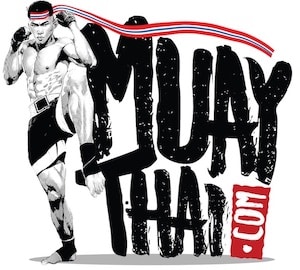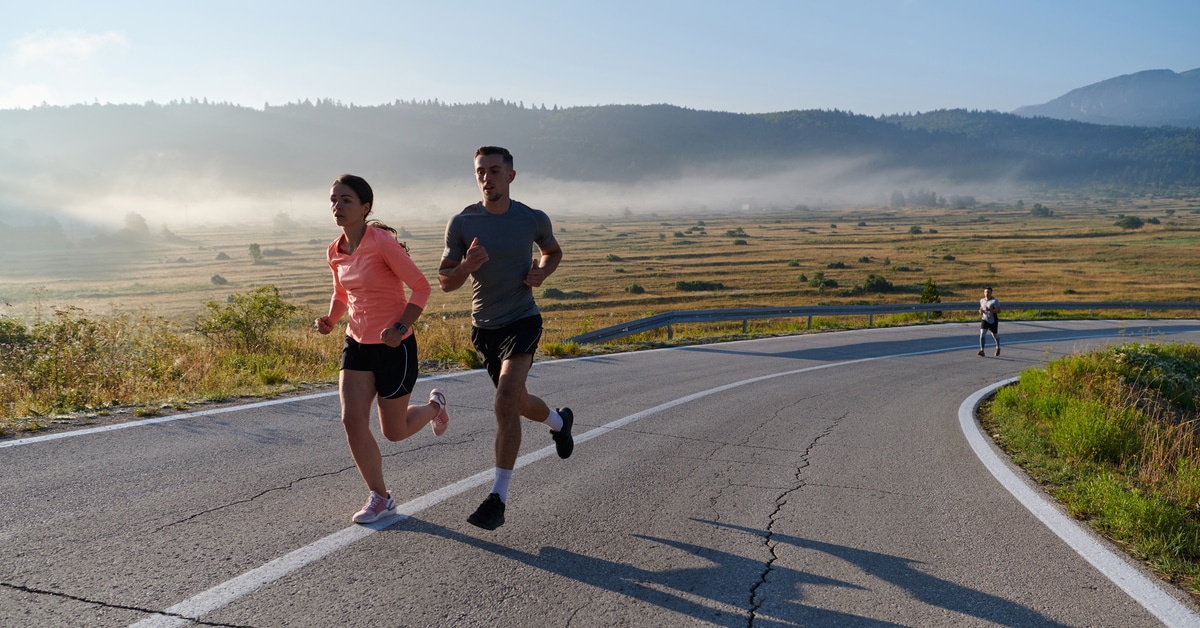Muay Thai Training: Merging Tradition and Innovation to Achieve Maximum Performance
Muay Thai training today requires a blend of time-honoured techniques and modern advancements in order to compete on the world’s biggest stages. The training methods we implement in our sessions have evolved over centuries, now reflecting a comprehensive approach that honours classic practices while incorporating new training technologies.
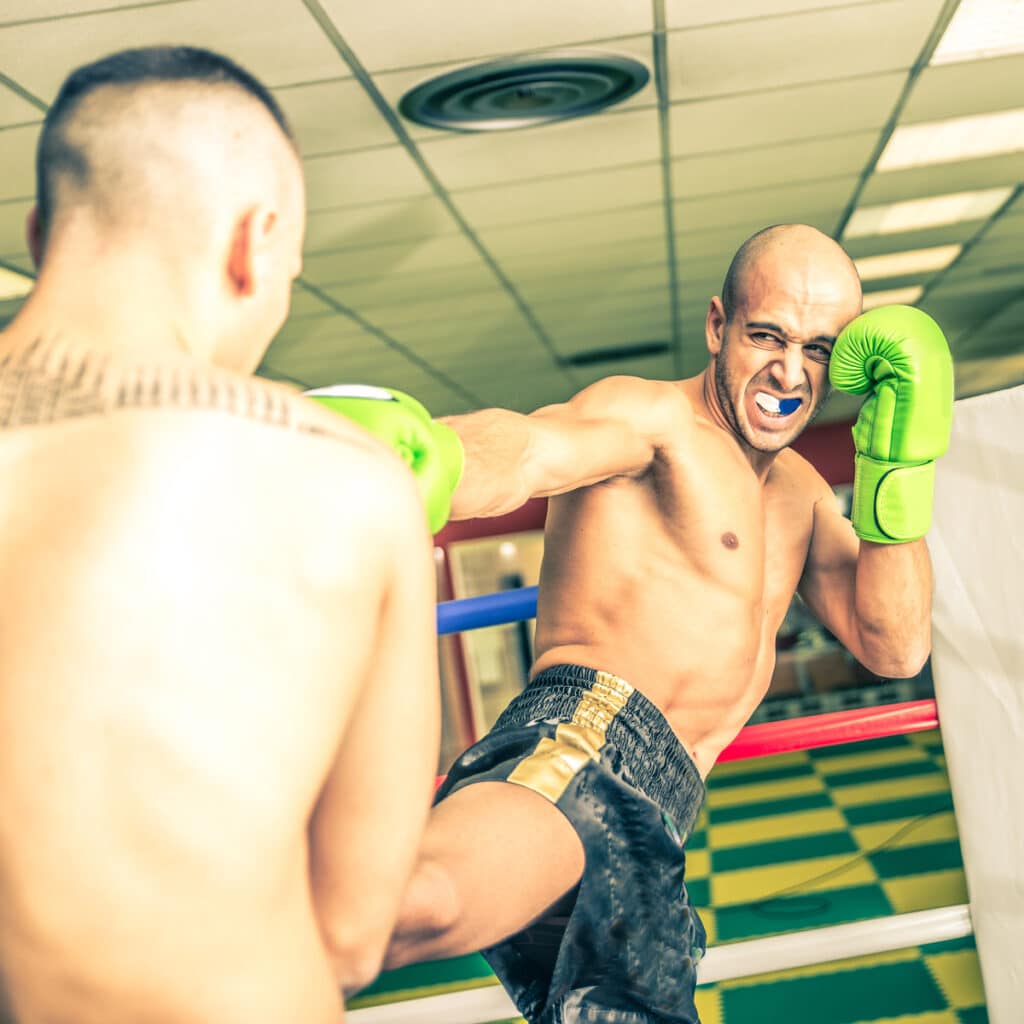
The Evolution of Muay Thai Training
The Beginnings
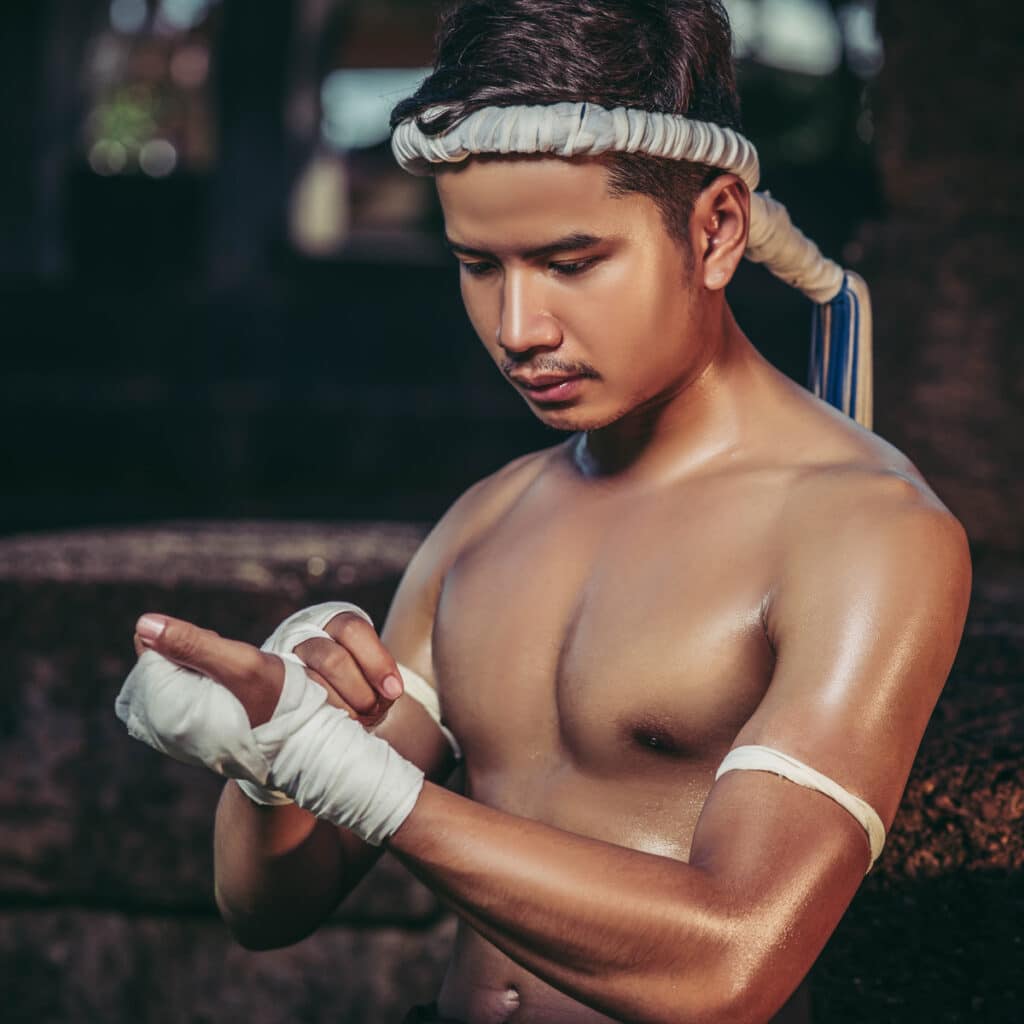
Centuries ago, Muay Thai training was centred around hand-to-hand combat techniques taught to the Thai military for self-defence. Early training methods were rudimentary but effective, focusing on aerobic conditioning like jogging, as well as the foundational elements of Muay Thai such as sparring and clinch work.
In the absence of heavy bags and protective gear, fighters conditioned themselves using bodyweight exercises like push-ups and chin-ups, and utilised natural surroundings such as banana trees for striking practice. These early training methods emphasised technical skill and physical toughness, laying the foundation for the more structured routines that would develop in later years.
Traditional Methods
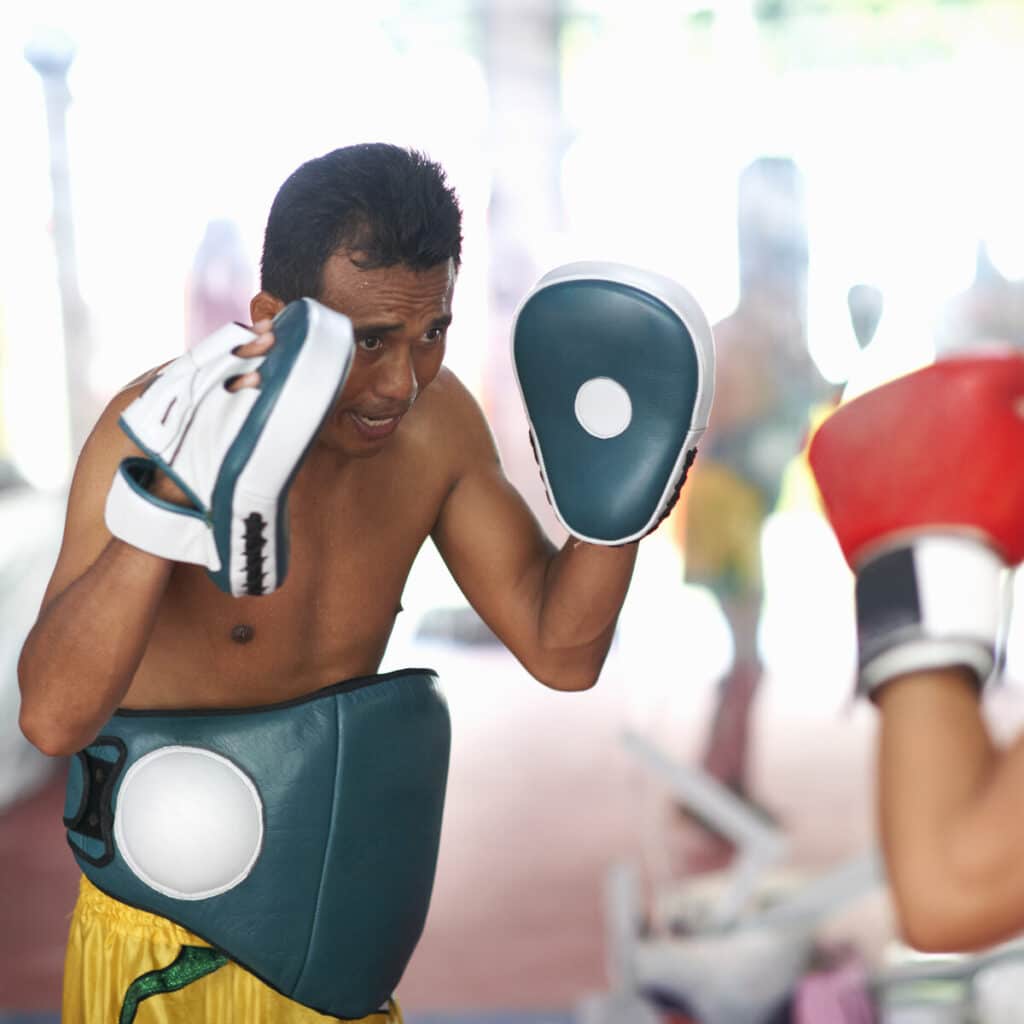
Traditional Muay Thai training methods, such as jogging, bag work, clinching, and sparring, are still practiced in gyms throughout Thailand today. These fundamental components of a professional fighter’s daily routine have long been considered cornerstones of Muay Thai training, not only in Thai gyms but also in Muay Thai gyms worldwide.
The key to every element in a training programme is day-to-day consistency and the repetition of strikes and drills within each session. Every training method serves a specific purpose in developing a our physical attributes and technical skills, all of which combine to form a complete and well-rounded training system that prepares us for every aspect of competition.
Adaptations and Globalisation
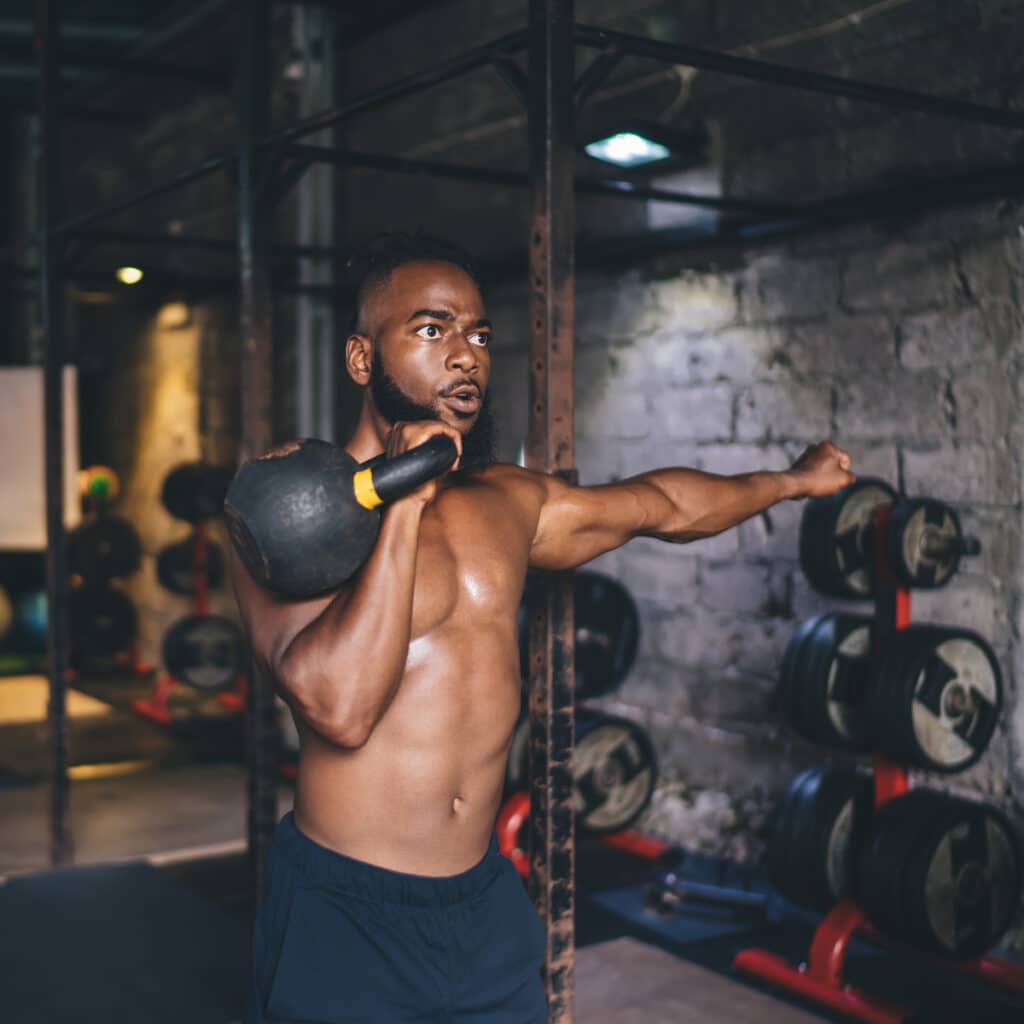
A fusion of Eastern and Western training modalities has emerged as Muay Thai has spread globally over the last 30 to 40 years. This blend introduces novel strength and conditioning techniques and incorporates a more scientific approach to performance enhancement, injury prevention, and recovery.
Simultaneously, Western fighters who visit Thailand learn traditional methods from experienced Thai practitioners. This cultural exchange has led to a “globalisation” of Muay Thai training, with both sides enriching each other’s training and fight strategies, resulting in more resilient fighters.
Technology in Muay Thai

Embracing modern technology in Muay Thai training sessions can be an energy-efficient way to enhance the effectiveness of our training sessions.
For instance, heart rate monitors can be used to track aerobic training zones during jogging sessions, ensuring optimal stress on the aerobic pathway and effectively building the desired aerobic base. There are a lot of resources to help you tailor training plans that blend traditional Muay Thai techniques with modern routines, helping to maintain discipline and track progress over time, for instance, madmuscles.com. For more info read is mad muscles legit on RealReviews.io. Apps like this provide modern routines, helping to maintain discipline and track progress over time.
These tools provide valuable support, enhancing both the efficiency and effectiveness of our training.
Muay Thai is Changing
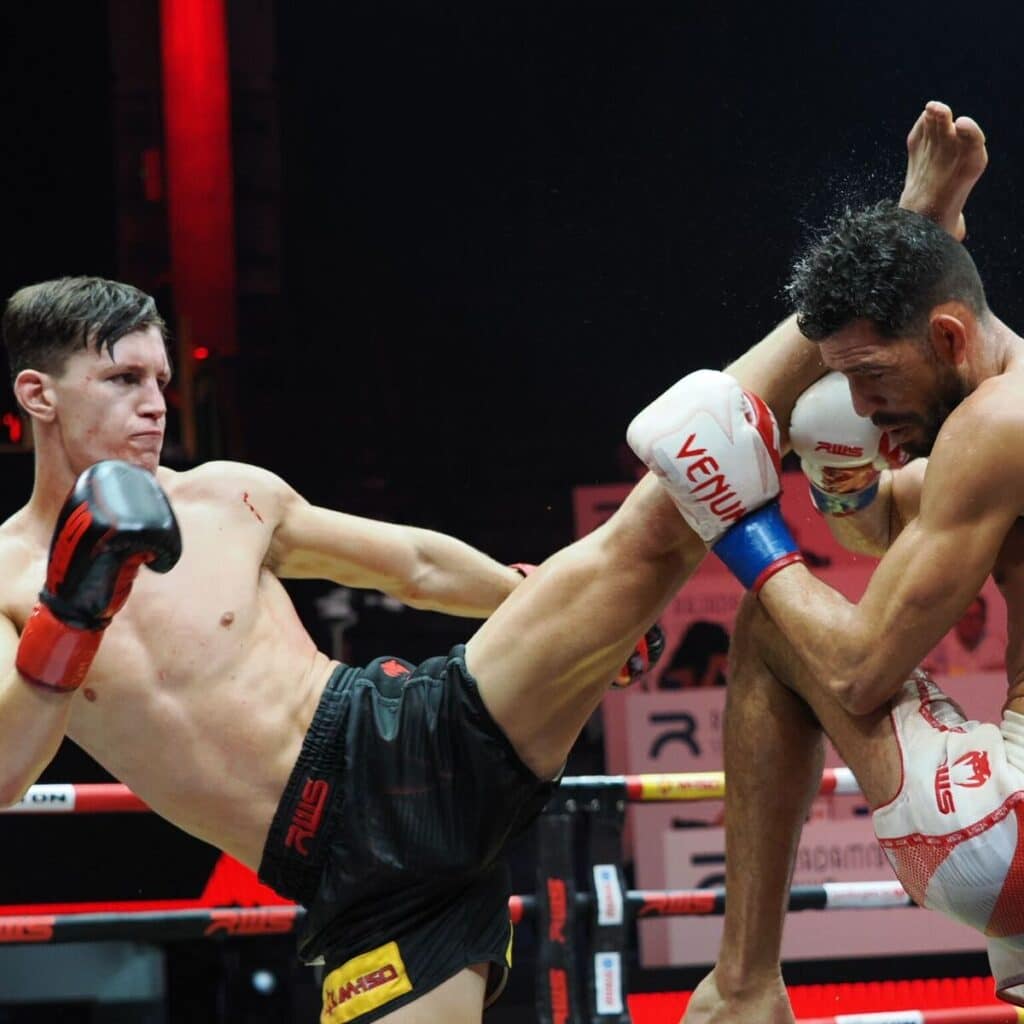
The dynamic blend of old and new creates a robust training system that builds not only strong fighters but also people who are resilient, adaptable, and prepared to meet any challenge.
As the sport continues to evolve, its training methods will remain a powerful blend of cultural heritage and cutting-edge innovation, offering endless opportunities for mastery and improvement.
